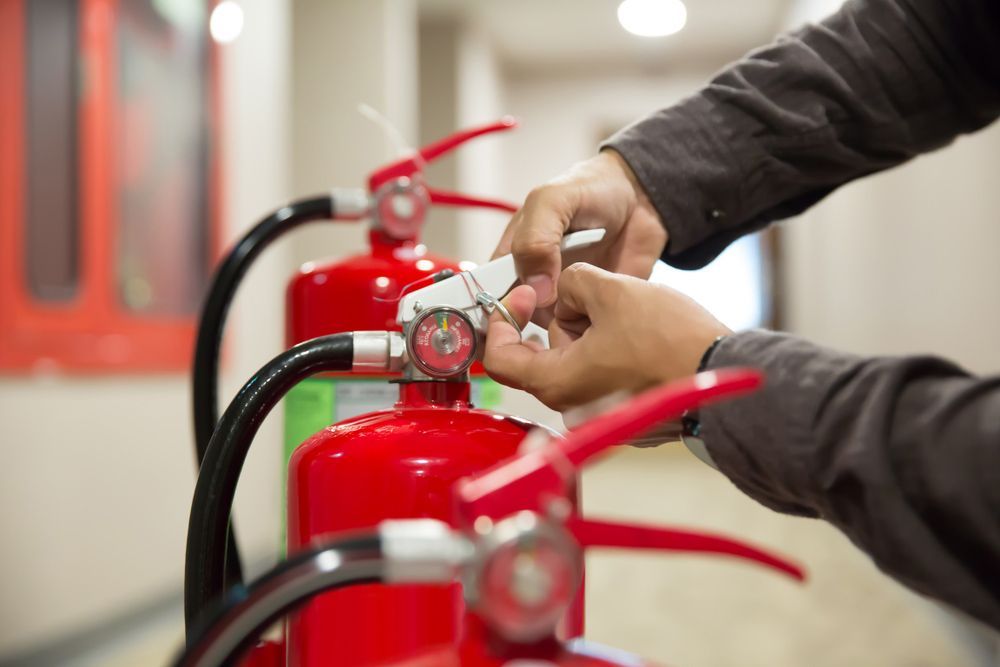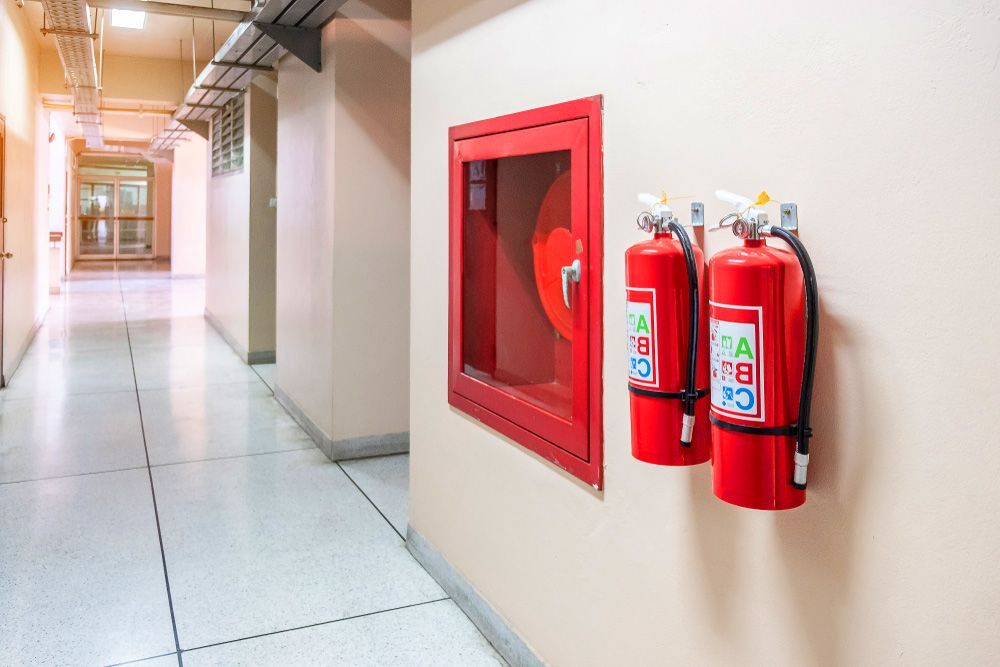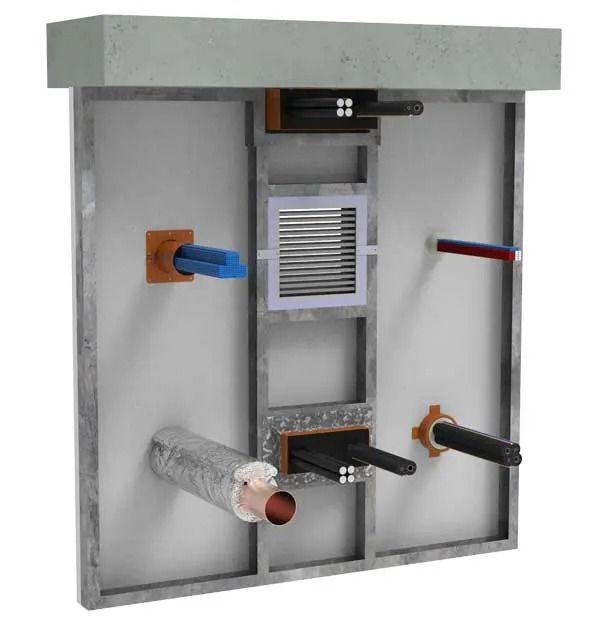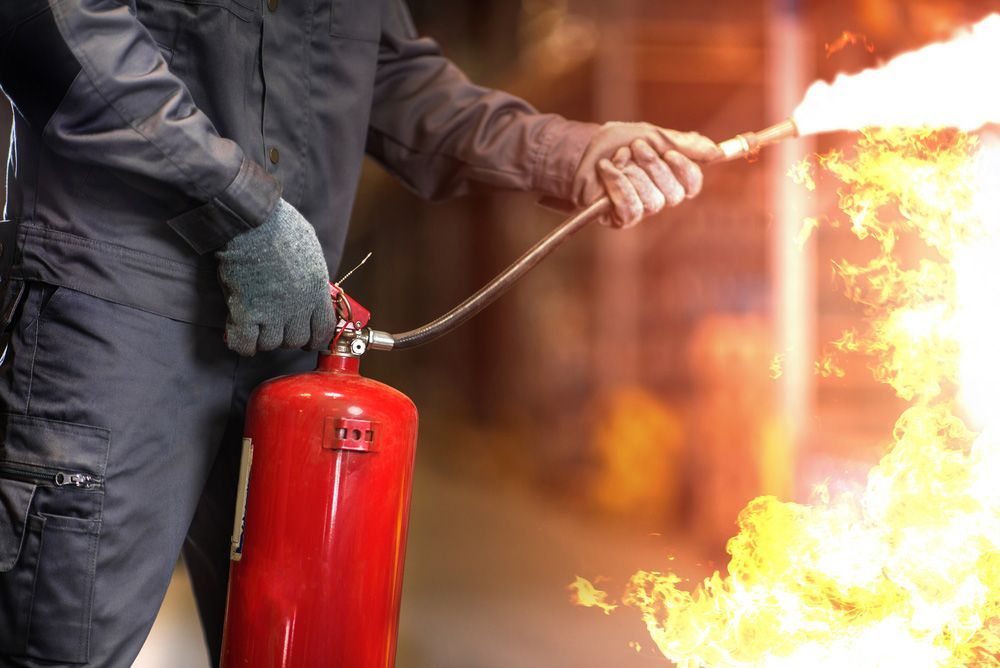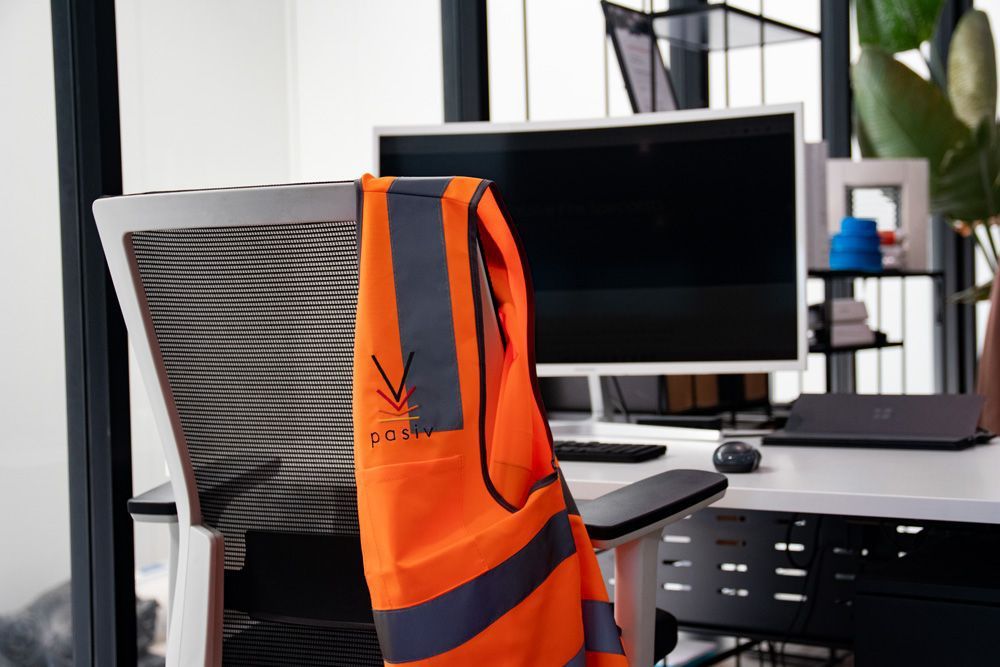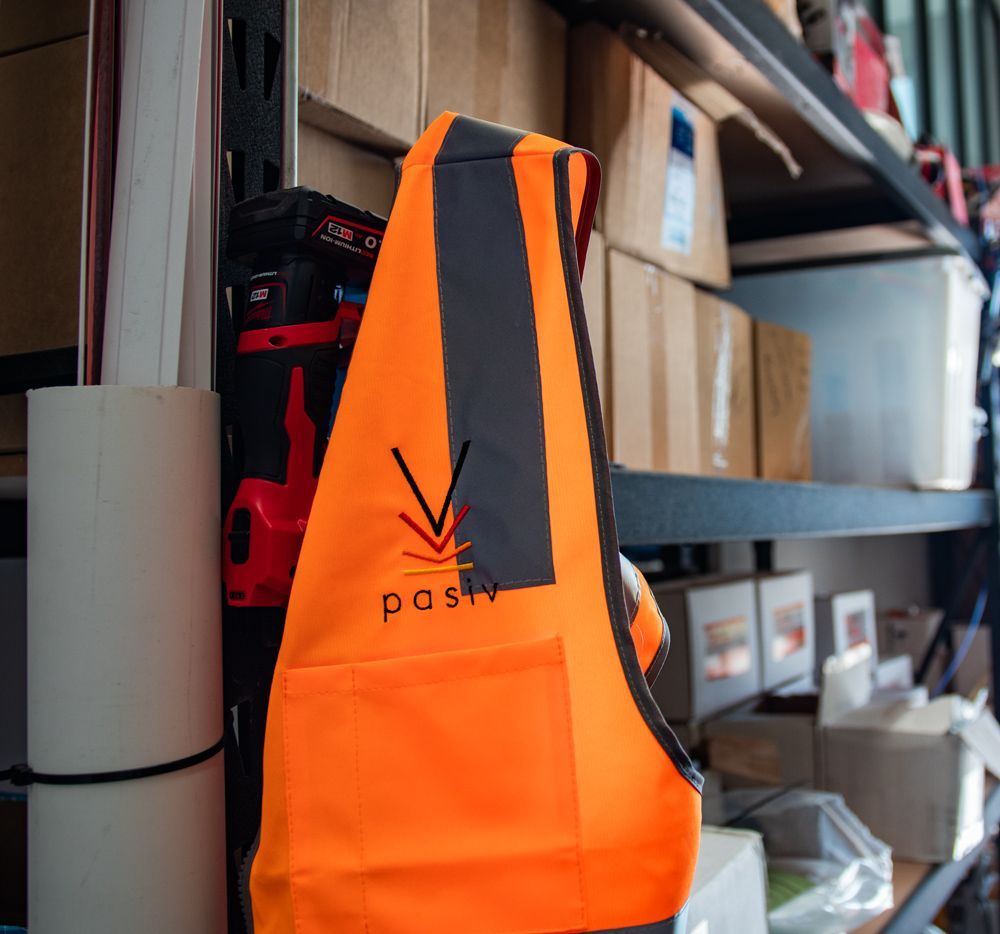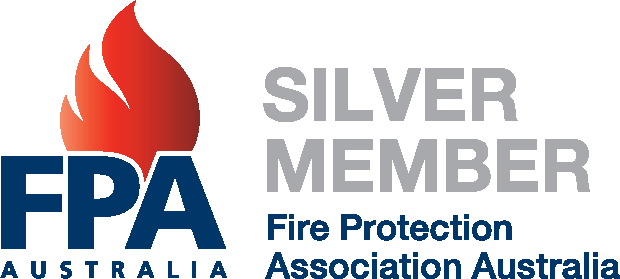Fire System Testing Illawarra
At Pasiv Fire, we provide thorough fire systems testing and fire safety inspections across Wollongong and surrounding regions. Our testing ensures that your passive fire protection systems are functioning correctly and remain compliant with current Australian Standards.
From inspecting fire walls and seals to testing fire dampers and lightweight construction materials, we ensure your fire systems are ready when you need them most. Based in Warrawong, we proudly service the NSW South Coast including Cronulla, Shellharbour, and Wollongong.
Certified Fire Systems Testing and Safety Inspections in Wollongong
Installing a passive fire protection system is important to ensure the safety and compliance of buildings. However, these systems are only effective if they are regularly checked and maintained. At Pasiv Fire, we offer comprehensive fire safety inspection, testing and maintenance services for passive systems in Wollongong.
Our team will inspect all fire system components to identify any issues early on, allowing us to make necessary repairs or replacements before they’re called into action. We also provide thorough testing to ensure your system is performing optimally and in compliance with all safety regulations. We use state-of-the-art fire inspection equipment to test the effectiveness of fire walls, containment barriers, seals and other components.
Based in Warrawong, we service the NSW South Coast and Southern Highlands, including Wollongong, Cronulla, Shellharbour and surrounding areas. Call 1300 882 920 today!
Is Your Building Up To Code?
Compliance Testing and Fire Safety Inspection Process
At Pasiv Fire, we take fire safety compliance and accountability seriously. When it comes to inspecting, testing and maintaining passive fire systems, we adhere strictly to industry standards and regulations.
Fire Safety Services: Inspecting, Testing & Maintenance
Ensuring fire system testing in Illawarra buildings is essential to protecting lives and property. Effective fire safety measures require thorough inspection, testing and maintenance of fire protection systems.
In Illawarra, businesses and property owners must adhere to strict regulations and standards to ensure compliance and safety. Engaging professional fire safety services in Illawarra is critical for meeting legal
requirements and maintaining optimal protection against fire hazards.
Importance of Fire Safety Inspections
Fire Safety Maintenance Practices
Choosing Reliable Fire Safety Services
Selecting a trusted provider for fire safety inspections, testing and maintenance is crucial for effective fire protection. When choosing fire safety services, consider the following factors:
- Certification and Licensing – Ensure the provider holds relevant fire safety accreditations.
- Experience and Reputation – Choose a company with a strong track record in fire safety compliance.
- Comprehensive Services – Opt for providers offering inspection, testing and maintenance services.
- Emergency Response Capability – Reliable fire safety services should offer prompt assistance during fire incidents.
- Customised Solutions – The best fire safety providers tailor their services to specific building requirements.
Engaging professional fire safety services in Illawarra ensures reliable fire protection and compliance with Australian regulations.
Fire Safety for Building Management
Fire safety is a critical aspect of building management, requiring regular inspection, testing and maintenance of fire protection systems. In Illawarra, property owners must adhere to strict fire safety regulations to protect lives and assets. Professional fire safety services play a vital role in ensuring compliance and enhancing fire preparedness.



